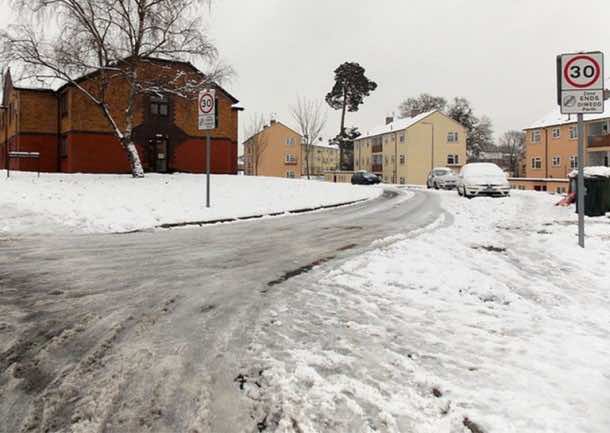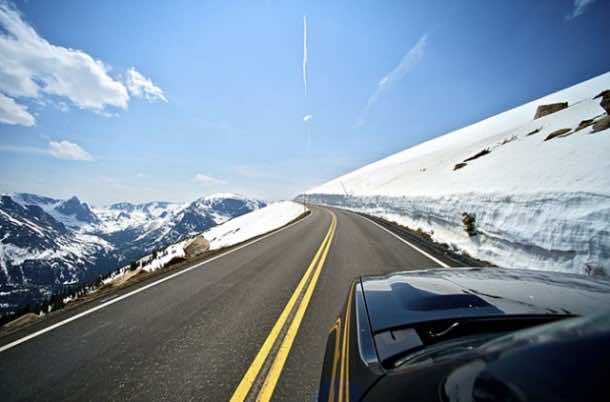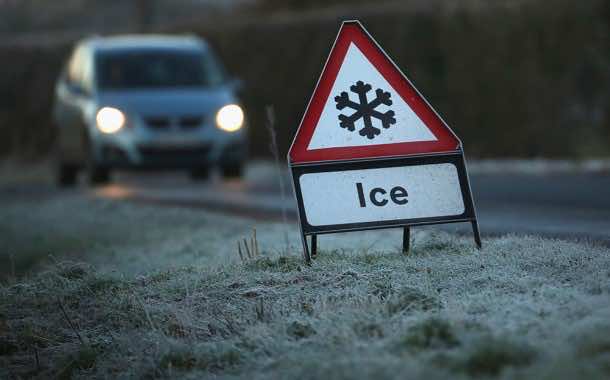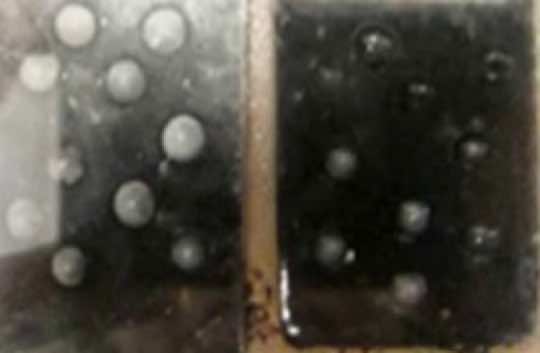Winters are here and they are not merciful at all. With the cold, comes a list of precautions that need to be taken in order to remain safe during this harsh weather. When it comes to driving on a road, harsh weather conditions can pose a real threat. According to the US Department of Transportation; during 2004-2013, icy roads have caused 3% of car crashes. 3% seems like a very low figure, however, this amounts up to over 151 thousand accidents per year on an average. This high number of accidents only because of water freezing on roads. Scientists are busy trying to come up with means of slowing down this process so that car accidents can be reduced and they finally have a breakthrough.
A team from Koc University in Turkey has discovered a mixture of compounds that can help drivers be safer on roads during winters. By making use of salt potassium formate as base, this team added a styrene-butadeine-styrene polymer and then mixed these compounds with bitumen. Bitumen is the principle element of asphalt. The end result was an asphalt that is capable of slowing down ice formation considerably while maintaining the sturdiness of the road.
Right now, in order to tackle the icy roads, the officials spread salt on the roads but this is not an effective technique. The salt gets washed away easily and has to be re-applied while making use of other anti-icing agents creates a threat to the environment because of the harmful chemicals that these agents contain. However, The approach conceived by the team mixes compounds into asphalt to allow for the technique to be effective for years on active roads while ensuring that environment remains unharmed.
You can see a pictorial comparison between the old and new asphalt below. The new compound is located on the right with slow development of ice whereas you can see the old compound on the left already wearing an ice formation.



If this technology is in the asphalt when the paving is done how much more does is is it then the typical paving and sealcoating?
Will sealcoating still be necessary?
Will the paving product still work after several years of sealcoating?
What is the quantity of ice or snow that is acceptable on this product the drivers can be safe before the plows need to come out and clear the roadways?
How much could Counties typically save in the snow budgets by repaving with this product vs the standard product ? or will it be a wash, and the savings will be in lives /accidents!